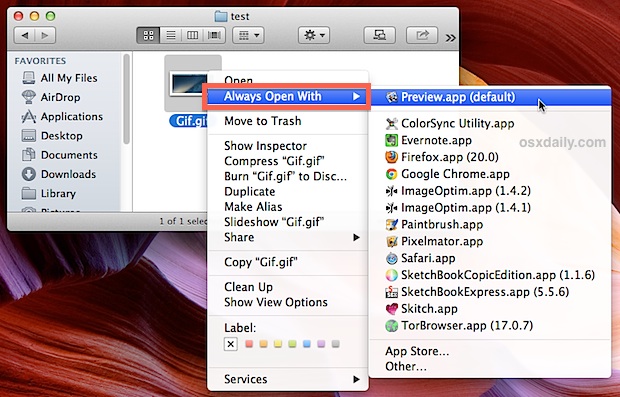Jun 21, 2019 Right now, Mail is likely the default email app on your Mac. The steps below outline how to change default program on Mac to a third-party one. If you have some email client already downloaded, you can still use the steps below to change the default email client from Mail. Just sub the name of your app in place of Canary. Sep 05, 2019 If you want to change the default apps on your Mac, it’s easy to do. From changing your web browser to using a new email client to opening specific file types with a new app, it’s easy. Jan 26, 2019 Apps need to be installed before you can set them as the default. You may want your.pdf files, or email, or music to automatically open using an app other than the one provided by Microsoft. To choose default apps by file type. Scroll down and select Choose default apps by file type. When setting up a new Mac, there can be a bunch of settings that need to be changed in order to get the system running the way you like it. That usually involves going through tons of System Preferences panes and app settings—but it doesn't have to. If you'd rather get everything set up using just one app and a couple of minutes, then you have to get used to firing up Terminal whenever you. Nov 23, 2019 Sometimes, Mac updates may cause issues with the default PDF reader. This article may help you resolve these issues. See also: Can’t Open PDF On iPhone Or iPad, Fix. Setting your preferred app as the default PDF reader in macOS. For this article, we will set Preview as the default. Here is how: 1. Select any PDF file on your Mac. Jul 26, 2018 Choose Preferences from the Mail menu, then click General. Or, if you're prompted to set up an email account, add your account, then choose Preferences from the Mail menu. Choose your email app from the ”Default email reader” pop-up menu. You can also set your default email app in the preferences of your third-party email app.

Terminal User Guide
Use General preferences in Terminal to change the default window settings and the type of shell that’s used when a new window is opened in Terminal.
Mac Terminal Default Font
To change these preferences in the Terminal app on your Mac, choose Terminal > Preferences, then click General.
Option | Description | ||||||||||
|---|---|---|---|---|---|---|---|---|---|---|---|
On startup, open | Choose the initial window configuration.
| ||||||||||
Shells open with | Choose the shell that’s used when a new window opens.
| ||||||||||
New windows open with | Choose the profile and working directory for new windows.
| ||||||||||
New tabs open with | Choose the profile and working directory for new tabs.
| ||||||||||
Use ⌘-1 through ⌘-9 to switch tabs | Use keyboard shortcuts to select one of the first nine tabs in the tab bar. | ||||||||||